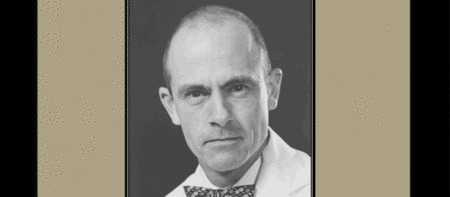Fifty years ago on January 16th a medical revolution occurred with the world’s first percutaneous transluminal angioplasty procedure. The procedure used a catheter to open a blockage from inside an artery, replacing the need to surgically open the vessel. This remarkable feat paved the way for minimally invasive vascular surgery and made angioplasty a cornerstone for current treatments of cardiovascular and peripheral arterial disease.
On January 16th 1964, Dr Charles Dotter at the University of Oregon Hospital, America performed the first angioplasty. Inserting a Teflon catheter into a patient’s superficial femoral artery, Dr Dotter opened a blockage in the artery to restore blood flow and eliminated the need for amputating the patient’s foot.
That first case effectively lead to a medical revolution by providing new non-surgical possibilities for physicians needing to access and treat the arteries, veins and organs. It is estimated that more than 60 million vascular angioplasties have been performed worldwide since Dotter introduced the procedure. And the remarkably versatile technology is now opening blocked vessels through the body, often eliminating the need for painful, risky open surgery.
That first patient, Laura Shaw, 82-years-old, had complained of pain in her left foot and was consulted by Dr Dotter having refused the initial surgical advice of foot amputation. The percutaneous transluminal angioplasty procedure successfully restored blood flow to her foot and image-guided catheter therapy defined this new, patient led, approach.
Dr Dotter used one of the first commercially produced catheters to carry out the procedure after having met the manufacturer of the catheter, Bill Cook, at a medical trade show the previous year.
Cook had recently started his own medical equipment company and was displaying how Teflon tubing could be shaped using a blowtorch to create a catheter that could access a blood vessel through a needle puncture, rather than by opening the body surgically for access. Together Dr Dotter and Cook visualised and designed the starting blocks for the future of minimally invasive medical treatments, an achievement that led to Dotter being nominated for the Nobel Prize in Medicine. Building on that early success, Cook Medical, Bill’s company, is now one of the world’s leading manufacturers of medical technology and devices within the field.
Today, minimally invasive interventional medicine has developed and includes coronary angioplasty to treat blockages in the coronary arteries around the heart. Today over 75,000 coronary angioplasties are carried out annually in the UK alone, providing potentially life-saving treatment for hundreds of people daily. Dr Dotter and Bill Cook’s innovative approach opened up a dawn of new possibilities for radiologists and transformed the medical community’s approach to cardiovascular surgery.
Source: Cook Medical
16 January 2014
Latest Articles
Interventional, Angioplasty, coronary, artery, cardiac surgery, percutaneous transluminal angioplasty, medical equipment
Fifty years ago on January 16th a medical revolution occurred with the world’s first percutaneous transluminal angioplasty procedure. The procedure used...



























